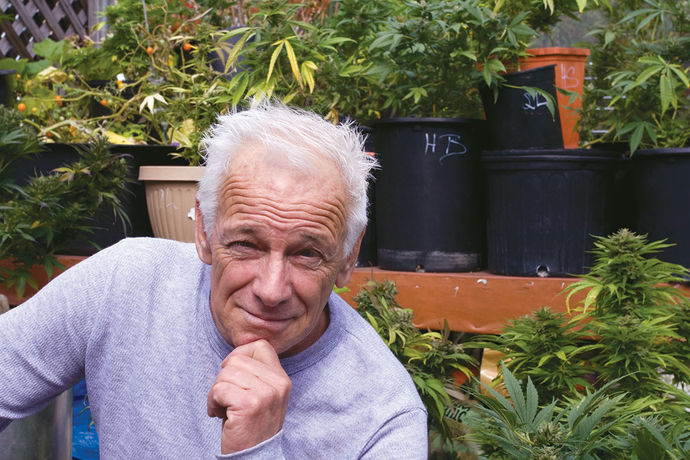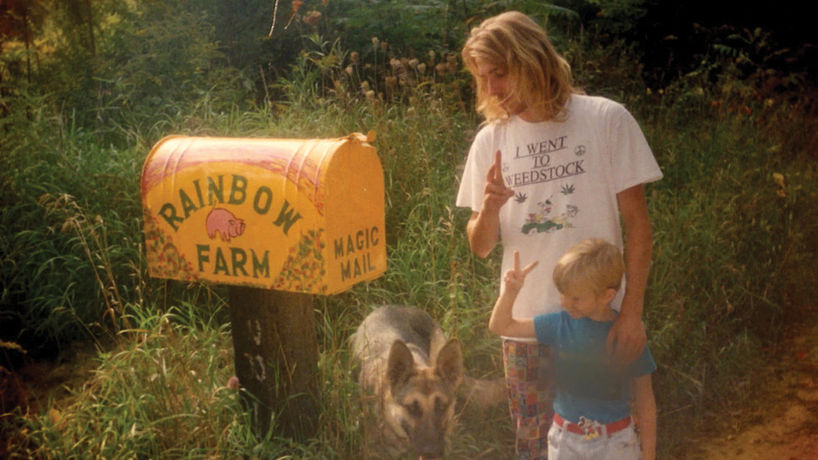MEXICAN MIGRATION
Mexicans were using Cannabis for medicinal, recreational, and spiritual purposes since it was first brought over by the Spanish in the 16th century. But it wasn’t until nearly 400 years later that it would make its way over the border.
The dawn of the 20th century brought a massive influx of Mexican immigrants into the U.S. – thanks to the Mexican Revolution, which caused soldiers and refugees to flee the war, and the Industrial Revolution, which attracted laborers in search of work. Naturally, many of these migrants brought their habit of smoking marijuana (their Spanish name for it) along with them. Since xenophobic stereotypes of Mexicans as dirty, lazy, dishonest, and violent were prevalent in white America, powerful racists used marijuana as a way to demonize and harass them.
Most conspicuously, media mogul William Randolph Hearst conducted a massive anti-weed smear campaign throughout the 1910s to 1930s – terrifying white America with fear-mongering features about mad, murderous Mexicans on their “loco weed.” Since these articles always referred to it as marihuana, rather than Cannabis or hemp, most Americans had no clue that the “evil Mexican weed” was actually the same plant they’d been using for textiles and medicine for decades.
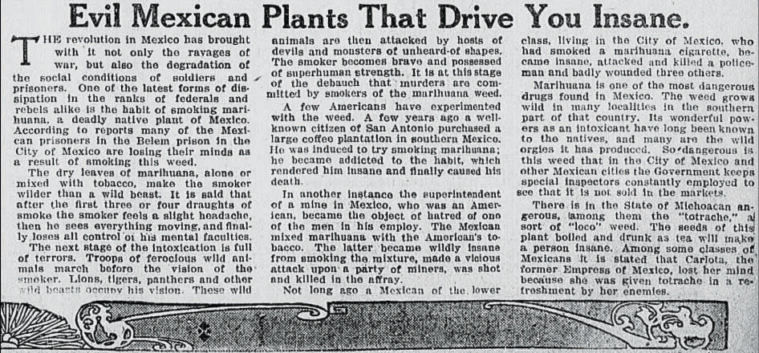
REEFER MADNESS
Meanwhile, during the late 1800s, the British imported thousands of Hindu Indians to the Caribbean as cheap labor for their sugar plantations – who, like their Mexican counterparts, also brought their habit of smoking Cannabis with them. Eventually, those Indian Hindus, Mexicans, sailors, and African slaves all found their way to the port city of New Orleans, where their cultures and traditions all intermingled. It was out of that marijuana-infused melting pot that jazz music was born.
Jazz was the first modern musical genre created under the influence of marijuana – or as they called it, “reefer.” Performers like Louis Armstrong and Cab Calloway were open about their love of weed – even writing songs about it like “Reefer Man,” “Viper” and “Muggles” (another slang term). As jazz’s popularity exploded across the country, more and more young white people were attracted to it – hanging out at nightclubs, mingling with other races, and yes, smoking reefer. This infuriated the white establishment, who began using marijuana to target African-Americans – especially the jazz musicians. One notorious racist in power who made it his mission to go after the reefer-smoking jazz musicians corrupting America’s youth was Narcotics Bureau Commissioner, Harry Anslinger.
“There are 100,000 total marijuana smokers in the U.S., and most are Negroes, Hispanics, Filipinos, and entertainers,” Anslinger once attested. “Their satanic music, jazz, and swing, result from marijuana use. This marijuana causes white women to seek sexual relations with Negroes, entertainers and any others.”
Race mixing, white girls getting pregnant by negroes, insanity, violence, violations of Jim Crow laws … Anslinger blamed it all on marijuana, saying that it made “darkies think they’re as good as white men” and “forget their place in society.” Building on Hearst’s yellow journalism, Anslinger led a campaign of “white fright” to pressure Congress into passing his Marijuana Tax Act in 1937, then used that prohibition to target those who needed to be “put in their place.” In the first year after the law’s passage, blacks were three times more likely, and Mexicans nearly nine times more likely, to be arrested for marijuana than whites.
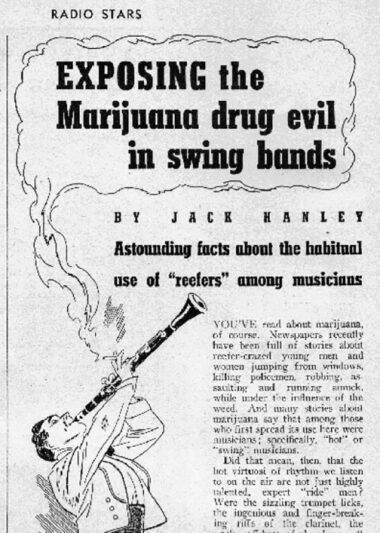
NIXON’S DRUG WAR
In the 1960s, the racist prohibitionists’ worst fears were realized: the Civil Rights Act of 1964 outlawed racial segregation. And thanks to the counterculture movement, marijuana use had become widespread among average white suburban young adults. As one New York Times reporter commented:
“Nobody cared when it was a ghetto problem. Marihuana – well, it was used by jazz musicians or the lower class, so you didn’t care if they got two to 20 years. But when a nice, middle-class girl or boy in college gets busted for the same thing, then the whole community sits up and takes notice.”
Freaked out by marijuana’s growing influence, Americans elected “law-and-order” candidate Richard Nixon as the new president in 1968.
It’s well established that Nixon was a racist. In his infamous oval tapes, he spews derogatory remarks about numerous minorities – saying that the Jews were all “disloyal bastards” and “commies” who wanted to legalize weed, that Mexicans were “dishonest,” and that “Negro bastards” live “like a bunch of dogs” on welfare.
Squashing the hippie and Black Power movements was at the top of his agenda. Announcing a new War on Drugs in 1971, Nixon used the recently passed Controlled Substances Act to target and arrest leftist radicals and civil rights activists – most of whom were Black or Jewish. The racist motivations behind Nixon’s Drug War were later admitted on the record by his domestic policy adviser John Ehrlichman, who said in a 1994 interview:
“The Nixon campaign in 1968, and the Nixon White House after that, had two enemies: the antiwar left and Black people … We knew we couldn’t make it illegal to be either against the war or Black, but by getting the public to associate the hippies with marijuana and Blacks with heroin, and then criminalizing both heavily, we could disrupt those communities. We could arrest their leaders, raid their homes, break up their meetings, and vilify them night after night on the evening news. Did we know we were lying about the drugs? Of course, we did.”
MASS INCARCERATION
The election of Ronald Reagan in 1980 brought with it a ramping up of the Drug War, with new propaganda campaigns (Just Say No, Drug Abuse Resistance Education) and harsher policies – including an expansion of Nixon’s “mandatory minimum” sentencing guidelines (which prosecutors are twice as likely to pursue for blacks than for whites charged with the same crime), and the practice of so-called “no-knock” warrants. First employed by the Nixon administration in 1970, no-knock warrants were repealed by Congress in 1975; unfortunately, they made a comeback on the state level during the Reagan administration and have expanded exponentially ever since (from 1,500 warrants in the 1980s to over 60,000 in recent years). According to a 2014 ACLU report, 42 percent of those targeted by no-knock raids were African-American and 12 percent were Latino.
Unfortunately, Reagan’s successors continued his tough-on-crime approach well into the 1990s – with increasingly harsh sentences and aggressive new policing policies such as the “three strikes law” which drastically raised mandatory minimum sentences for repeated drug offenses (in some cases, sentences of life in prison or death). There was also New York City’s controversial “stop and frisk” policy, where police began detaining and searching people on the street that they deemed “suspicious,” resulting in a dramatic rise in arrests for minor drug possession charges (in 2018, Blacks and Latinos accounted for nearly 90% of the city’s Cannabis possession arrests).
Over the past several decades, the U.S. has seen a 900% increase in its prison population. The vast majority of those prisoners are Black and Latino, most of whom were convicted on minor, non-violent drug offenses. In her best-selling book “The New Jim Crow: Mass Incarceration in the Age of Colorblindness,” civil rights lawyer Michelle Alexander argues that mass incarceration has become a new, legal form of slavery – forcing tens of thousands of Black and Brown men to provide free labor and depriving them of their right to vote.
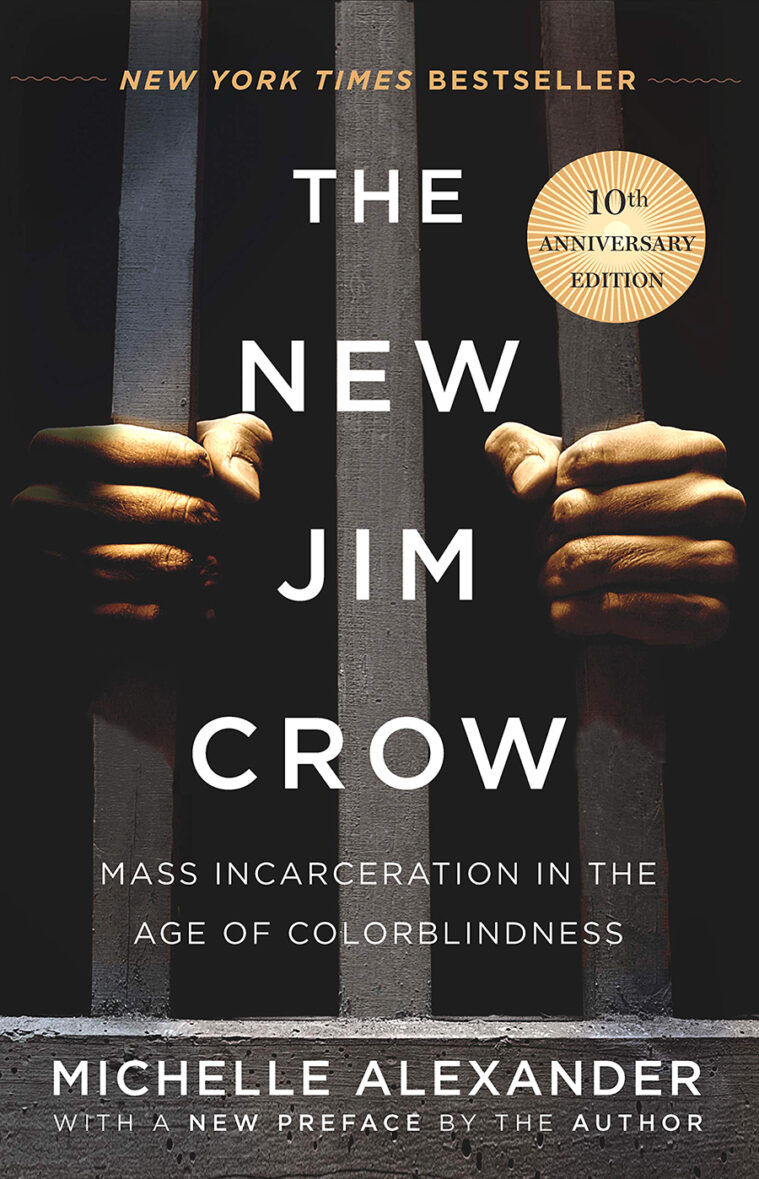
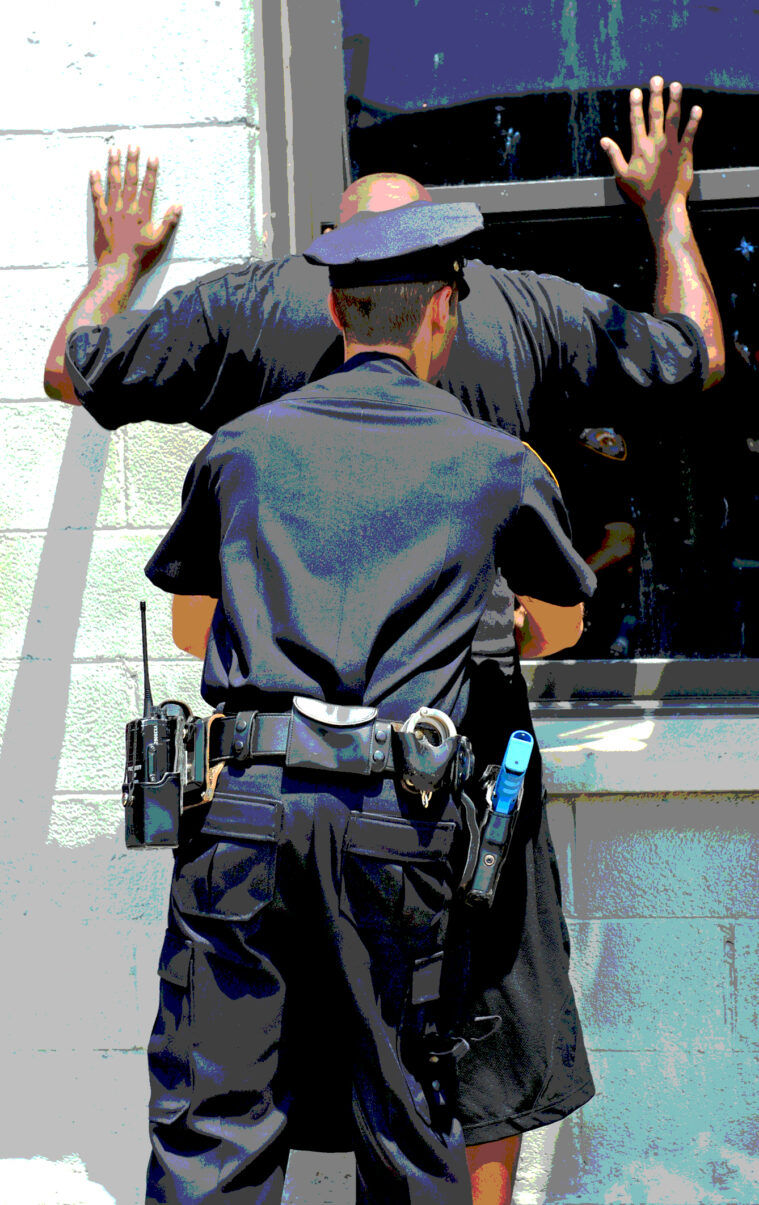
ENDURING INEQUITY
Sadly, the branches of prohibition’s racist roots are still alive and well today. People of color are still far more likely to be stopped, searched, arrested, convicted, harshly sentenced, and killed by police over minor drug violations than whites are, even though drug usage rates are virtually identical across races. And although Cannabis is now legal in most states for either medical or adult use, there are still tens of thousands of people of color behind bars on nonviolent marijuana charges, while white executives now make millions for doing essentially the same thing on a far grander scale. And all of these inequities and injustices trace back to the prejudiced propaganda pushed on the public at the dawn of prohibition.
For more on this topic, listen to Episode #7 of our Cannthropology podcast at worldofcannabis.museum/podcast or wherever you get your podcasts.


